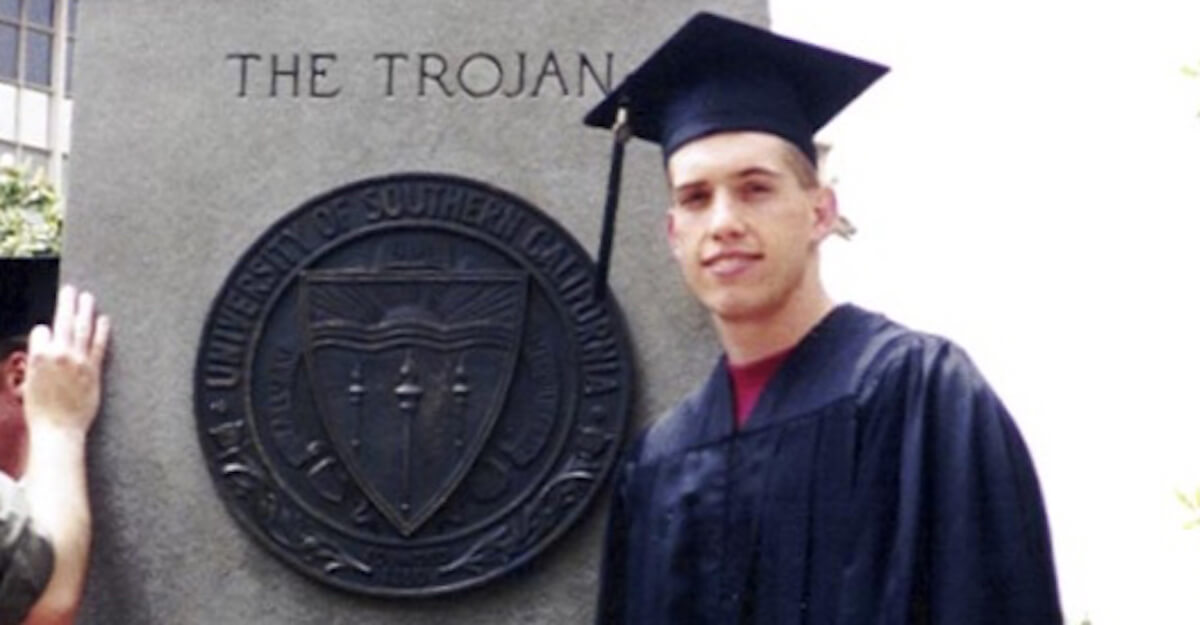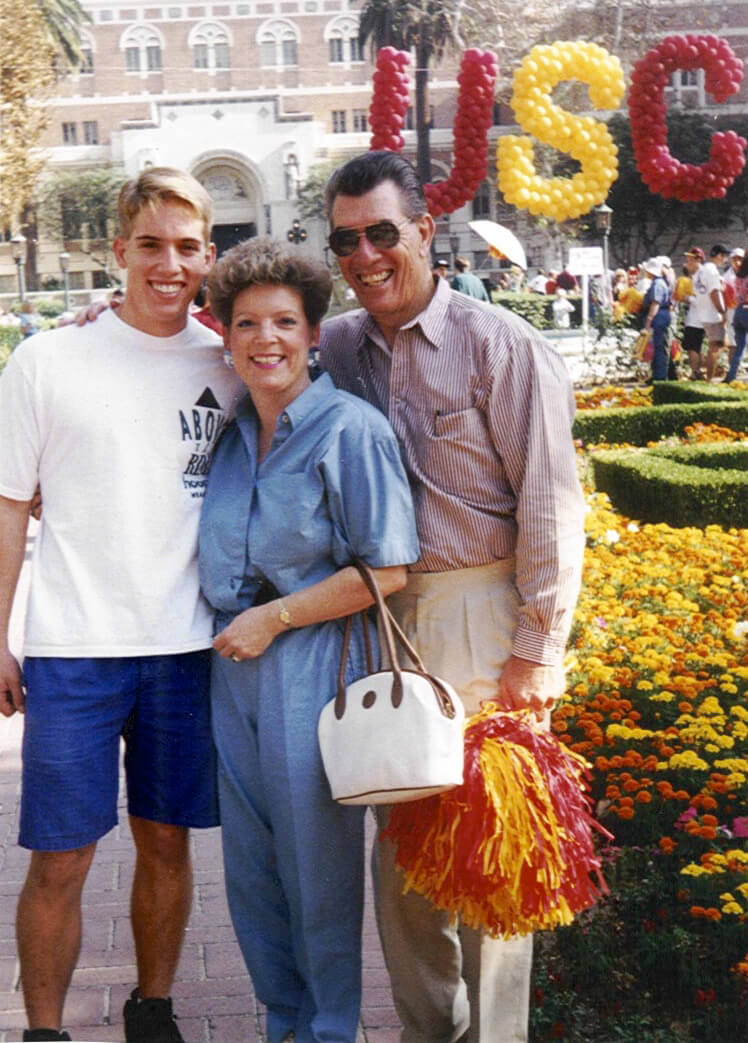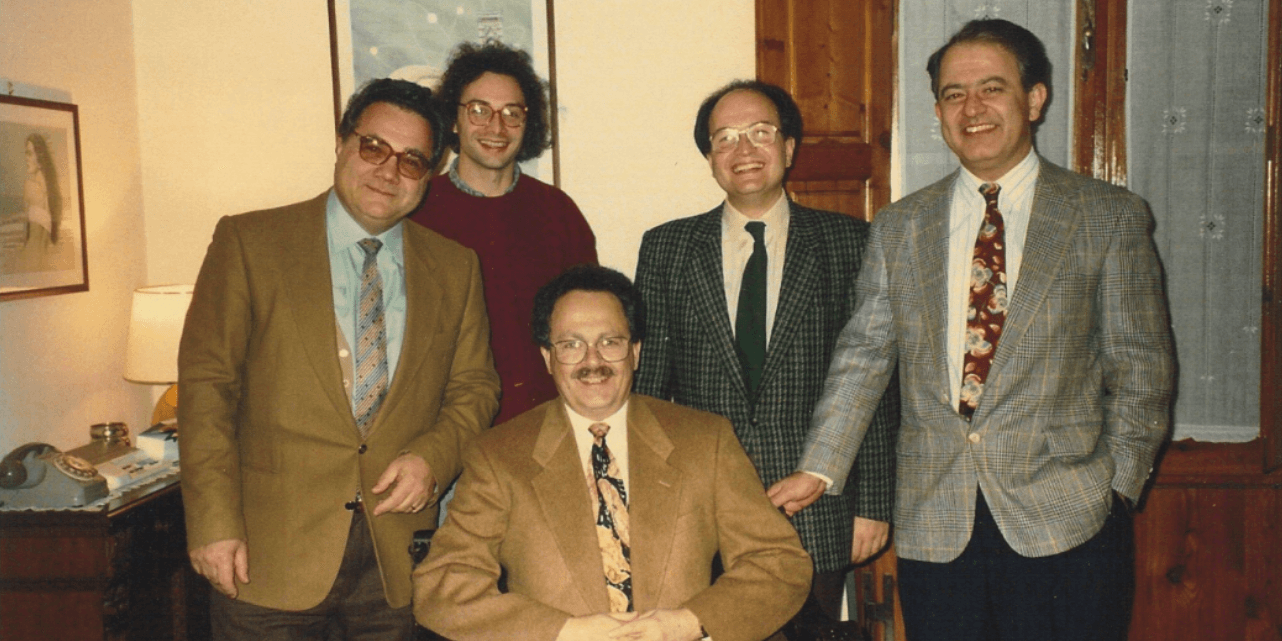
By Jerry M. Mendel
Last week, after 44 years in the electrical engineering department at USC, I officially retired. One of my main areas of research was in fuzzy logic. I published twelve books and countless papers, taught courses and advised many PhD students. And yet, over all this time, one of the most important influences on my work in fuzzy logic came from an undergraduate engineering student named Matt Martin. Matt was a USC Merit Fellowship student, and worked with me for two years during his Sophomore and Junior years.
But first, what is fuzzy logic? Well, classical logic deals with conclusions that are either true or false. That kind of thinking has an important role to play – but the world is not always black and white. In fact, it rarely is. Consider the color of this sentence here. If you asked 1000 people what color it is, you would get a lot of different responses. Is it Red? Orange? Salmon? None of these answers are wrong, it’s just that the logic behind how to determine the right answer is a little...fuzzy. The vaguer a problem is, the less you can rely on classical logic to solve it. That’s where fuzzy logic comes in.
"It all began because I chose to join a bright undergraduate student on a fun adventure to solve a way-out application. As I prepare to leave the department, I wholeheartedly encourage my colleagues to open themselves up to such adventures as well."
Now, back to our undergrad. In 1995, Matt knocked on my door and told me he’d like to do some research about fuzzy logic. I gave him a survey I had just written on the subject so that he could come up to speed. He quickly read it and was soon ready to start working on a project. I told him that I would like us to write an article explaining fuzzy logic and a fuzzy logic system to high school students. He suggested that the most important part of the article would be the application we would choose to illustrate all aspects of fuzzy logic and fuzzy logic systems to the high school students. I agreed and asked him to choose the application.
After bouncing around some ideas, a brainstorm occurred that led us to focus on how fuzzy logic could be used in a social situation to advise a person about whether or not they were being flirted with – certainly something of interest to high school students. We later called the work a “Fuzzy Logic Flirtation Advisor.” I know this sounds funny and frivolous, but flirtation is a social judgment. Other examples of social judgments are kindness, rudeness, generosity, etc. While we’re on the subject of social judgment calls, I want to stress that this position shouldn’t be used to excuse poor behavior. Writing off unacceptable actions as simply a “misinterpretation” is dangerous and wrong.
These kinds of judgments are not so easy to make, and equally hard to classify. How many times have you gotten “mixed signals” about whether or not someone is flirting with you? Of course, judgments also occur in engineering. For example, environmental and security issues are filled with judgment calls made by the engineer.

Matt with his parents in 1993, as a Freshman at USC. Photo Credit: Matthew Martin
Our work on this application led to a report that’s on my website and can be read by anyone, with or without a technical background. When you’re done reading it you’ll have a much better understanding of a fuzzy set and a rule-based fuzzy logic system. The project I worked on with Matt made me think differently about how words are used and interpreted by different people. This led me and my PhD students to later question the use of standard fuzzy sets when rules about judgments use words - because words mean different things to different people. So, how can the uncertainty that exists both within an individual (that’s called intra-uncertainty) and across a group of individuals (that’s called inter-uncertainty) be modeled using a traditional fuzzy set? The fact is, it couldn’t be using those fuzzy sets!
A standard fuzzy set, now called a “type-1 fuzzy set,” has a membership grade that is totally certain. What I mean by this is that for a specific value of its primary variable (e.g., touching, eye contact, etc.) the membership grade is a single number—there’s nothing uncertain about a single number.
As early as 1975, Prof. Lotfi Zadeh -- the inventor of fuzzy sets -- had suggested more advanced kinds of fuzzy sets. One of these, called a type-2 fuzzy set, requires the membership grade of a fuzzy set to be fuzzy! You can think of this as a "fuzzy-fuzzy set", or as a "fuzzy set on steroids." Now, for a specific value of its primary variable, the membership grade is a weighted interval of numbers. The size of that interval reflects the amount of uncertainty associated with the membership function at each value of the primary variable. When all of these uncertainties are collected together overall values of the primary variable the result is called a footprint of uncertainty.
My PhD students and I began to work on these type-2 fuzzy sets in 1997, soon after Matt and I finished our work. Although Prof. Zadeh had introduced type-2 fuzzy sets in 1975 almost no one had picked up on them. This was great for us! We picked up on them, and since that time have pioneered the development and applications of an extended and expanded version of fuzzy logic and a fuzzy logic system that we now call a type-2 fuzzy logic system. Eventually, this work led to a number of books, one of which—Perceptual Computing: Aiding People in Making Subjective Judgments—had its origins in the fuzzy logic flirtation advisor.
This work has come to be one of the defining points of my career. But it all began because I chose to join a bright undergraduate student on a fun adventure to solve a way-out application. As I prepare to leave the department, I wholeheartedly encourage my colleagues to open themselves up to such adventures as well.
Dr. Jerry M. Mendel is professor emeritus at the Ming Hsieh Department of Electrical Engineering. This week marks his last year at the department before retirement, after a 44-year career at USC. His student, Matt, now lives in Fresno, and is the owner of MVP Media, a video production company.

Jerry, seated at center, with colleagues in 1992 including now USC President Max Nikias (far right), who Jerry hired to join the EE department in 1991. Photo Credit: Jerry Mendel
Published on January 16th, 2018
Last updated on March 30th, 2021

